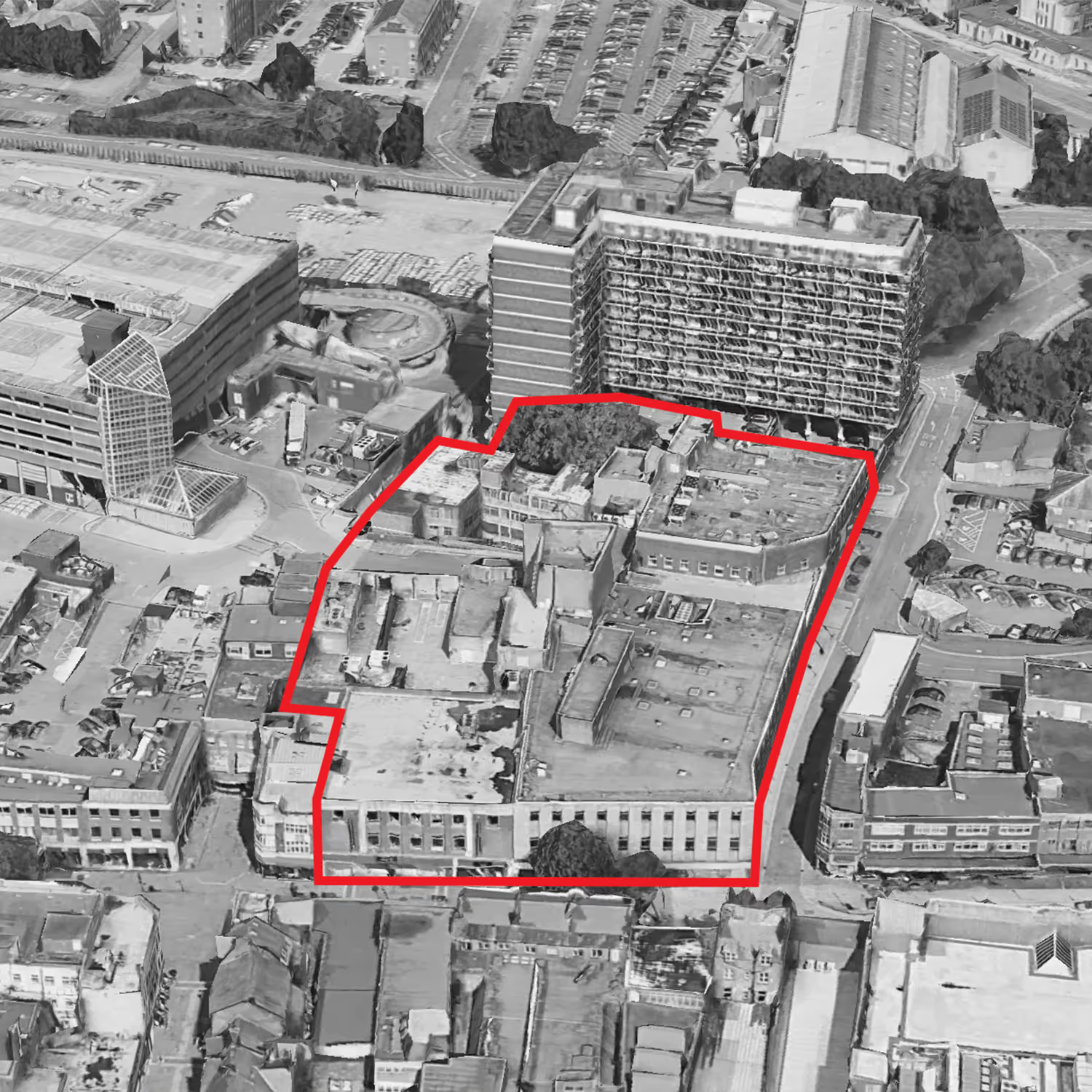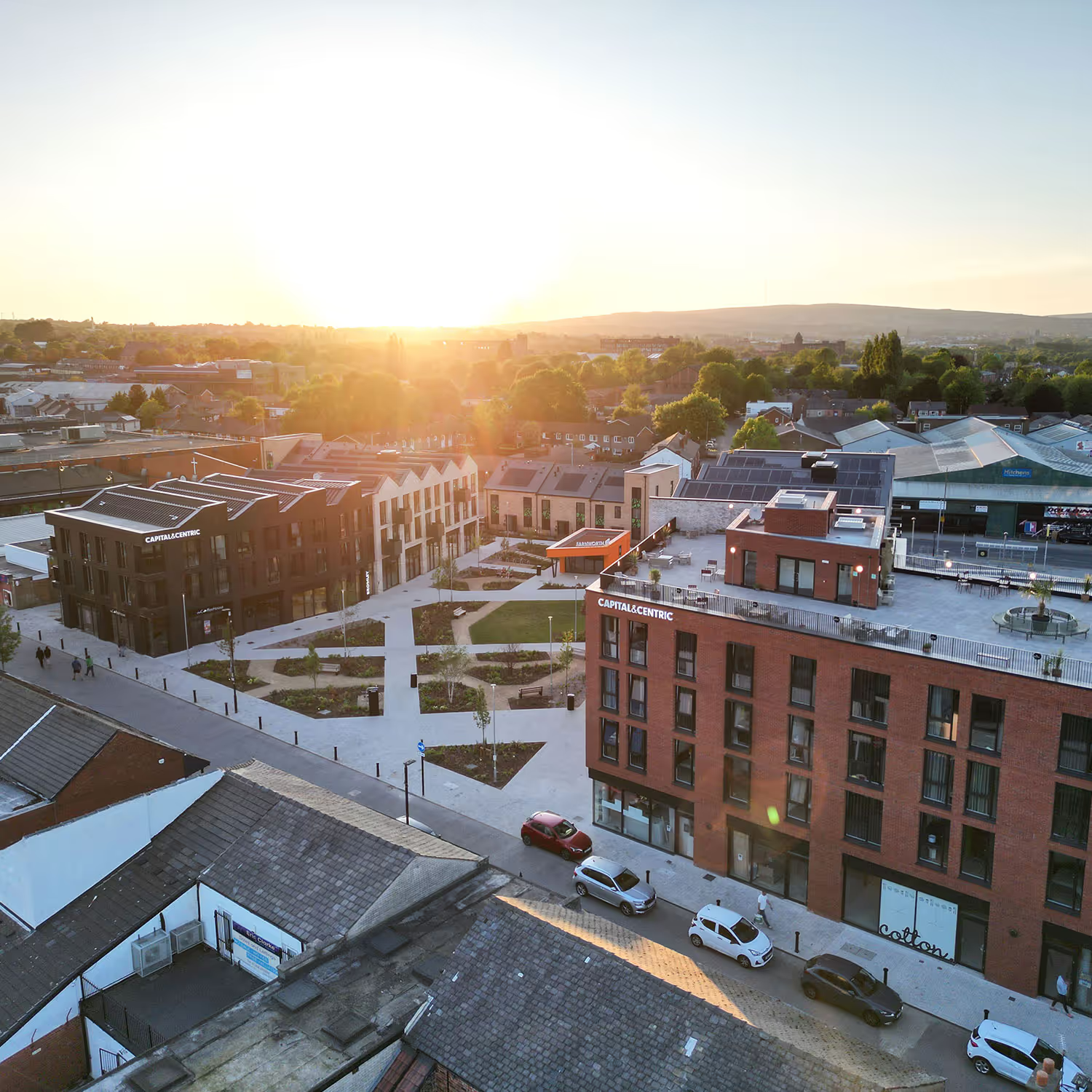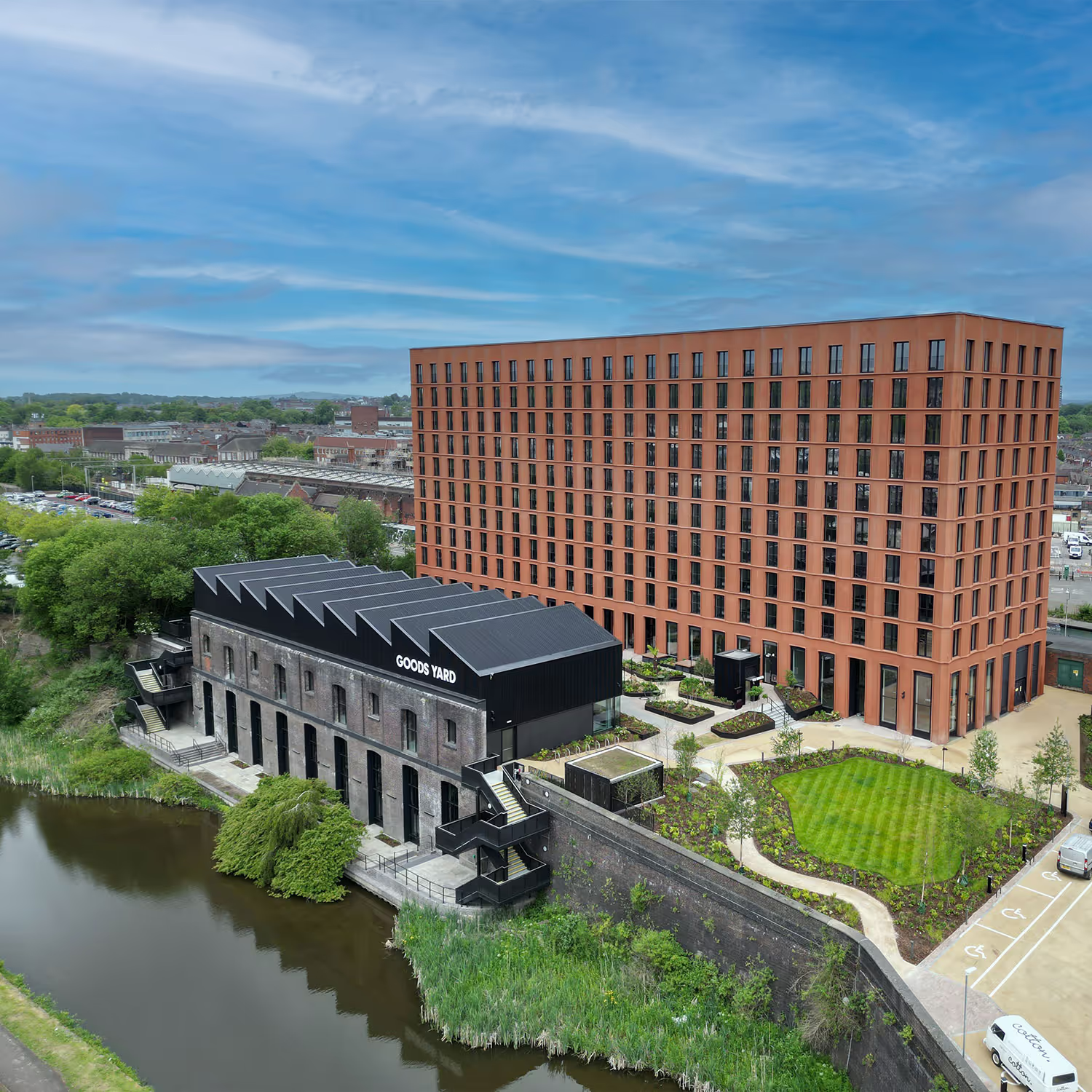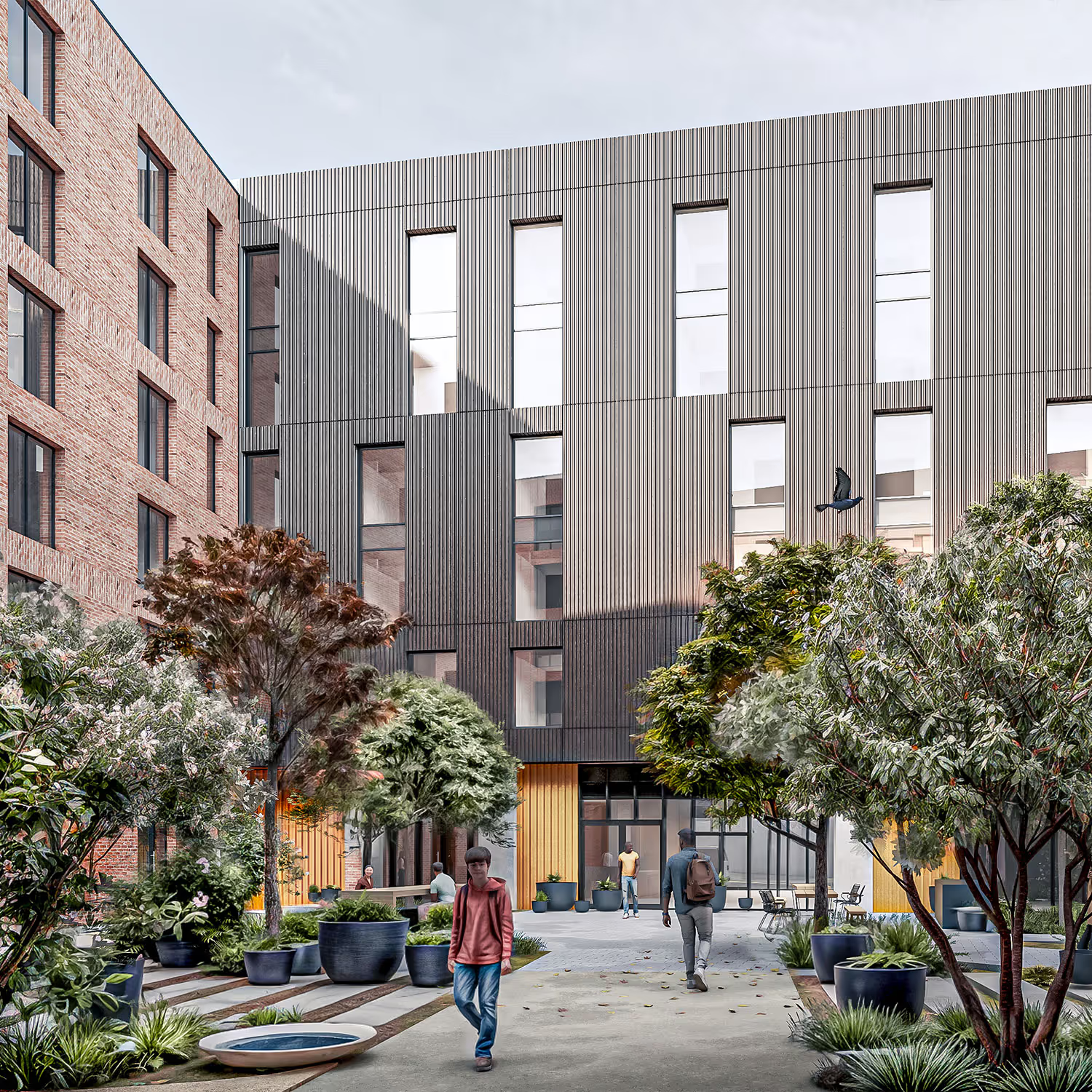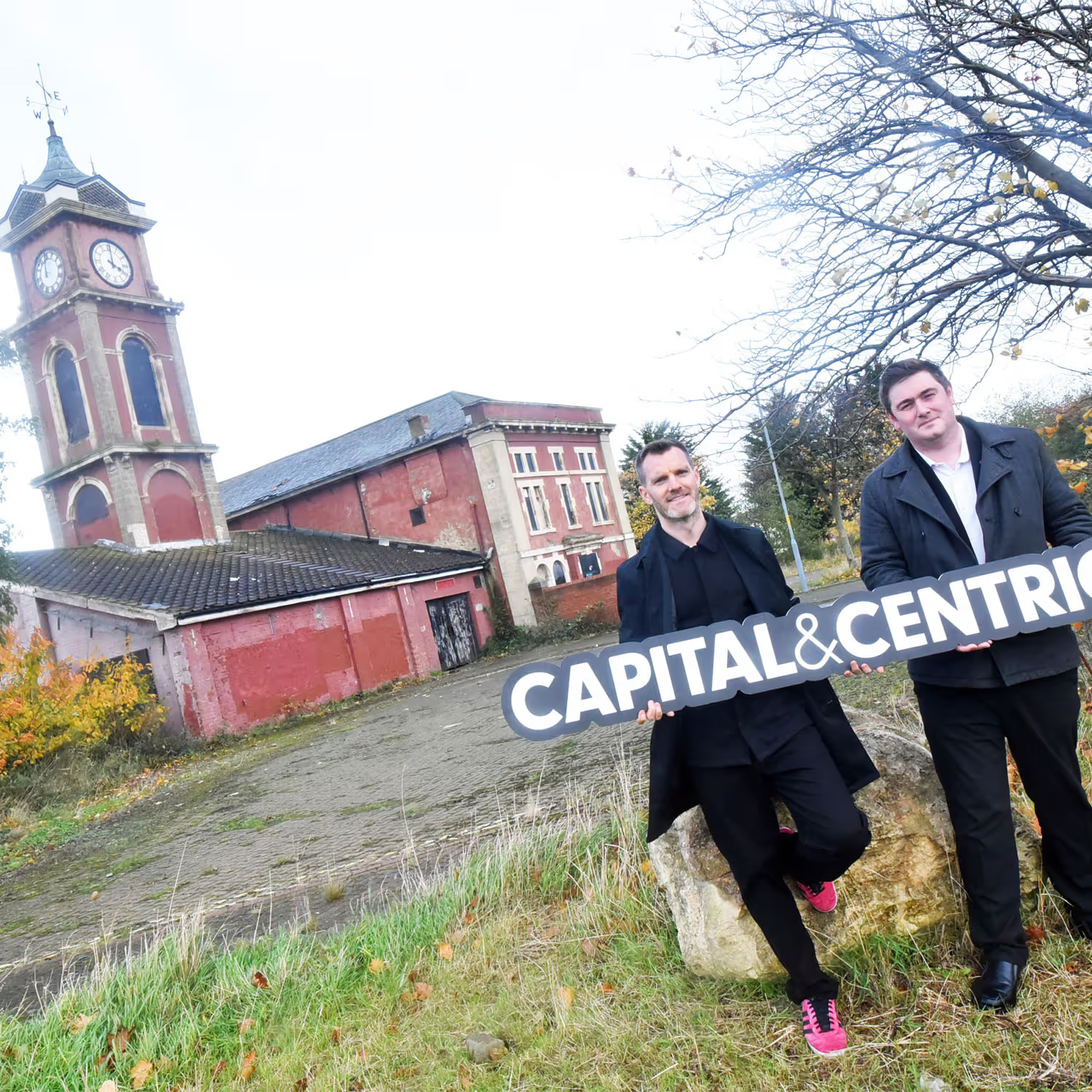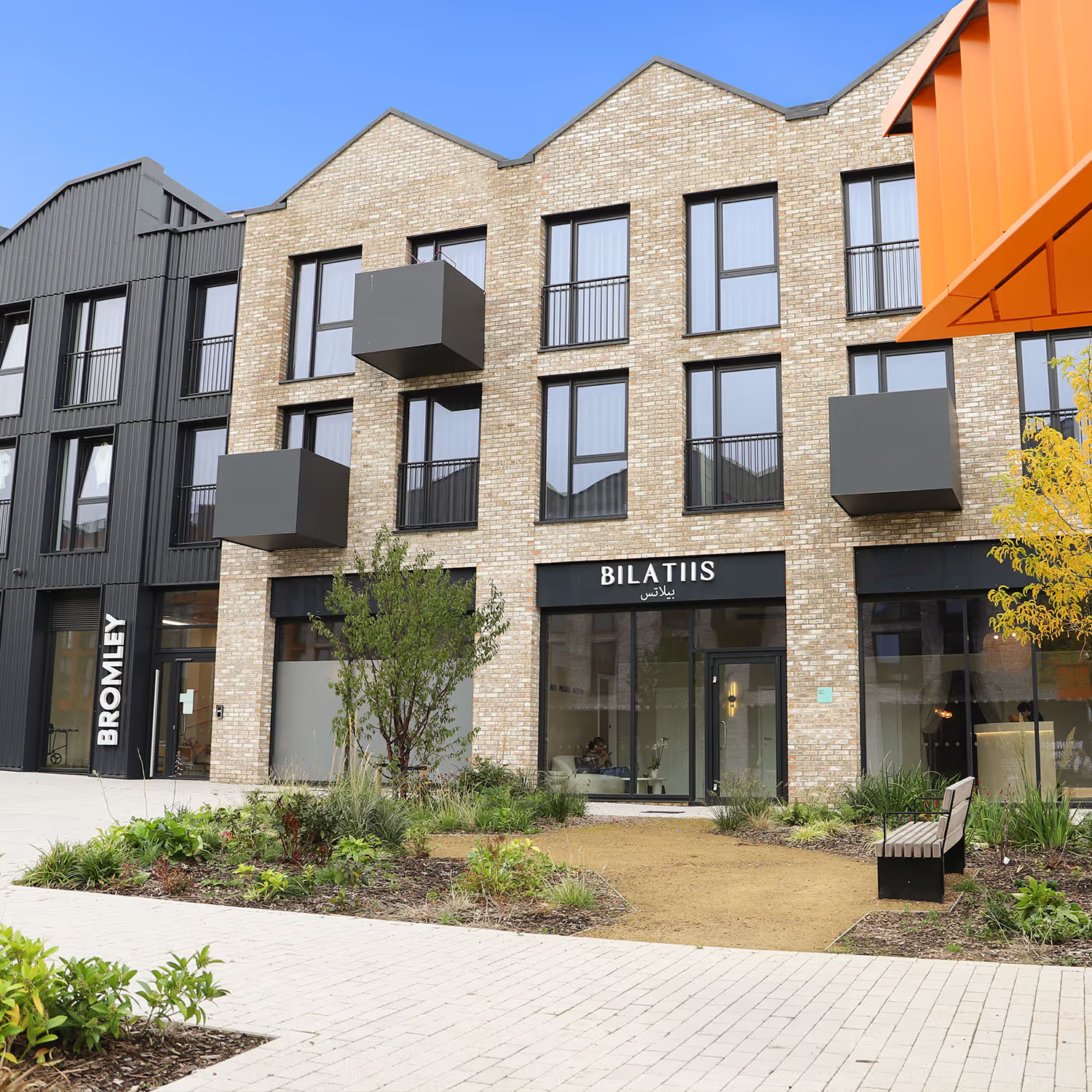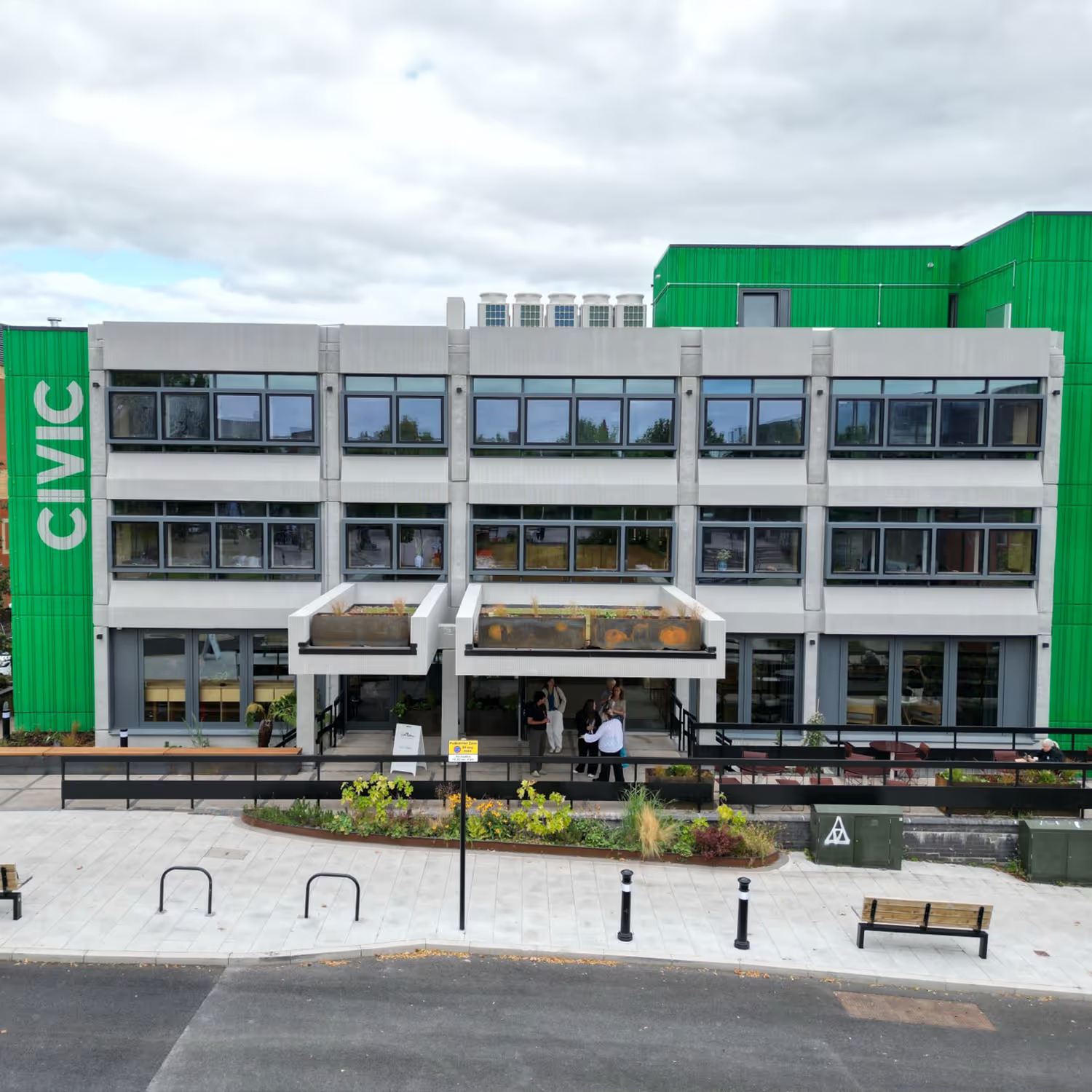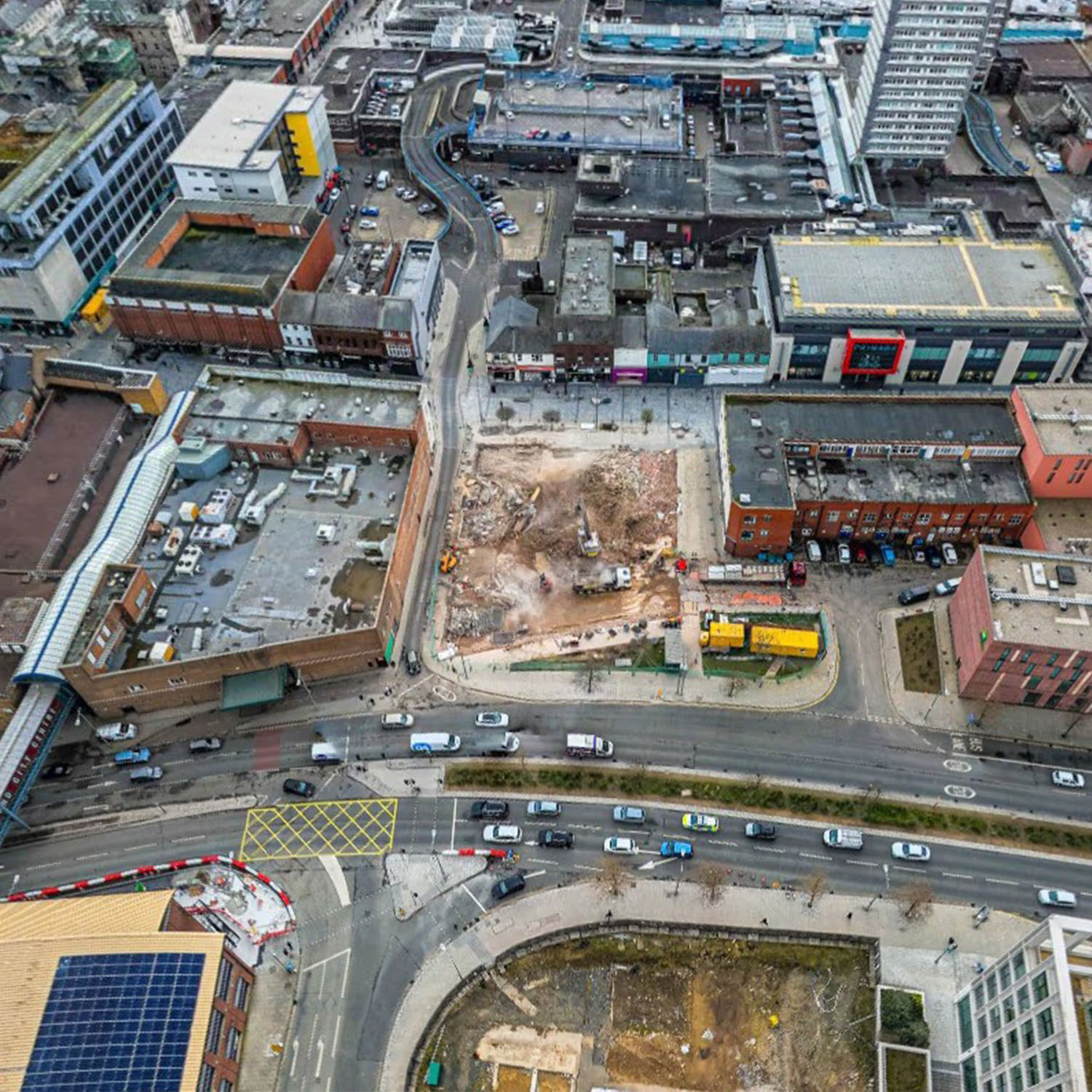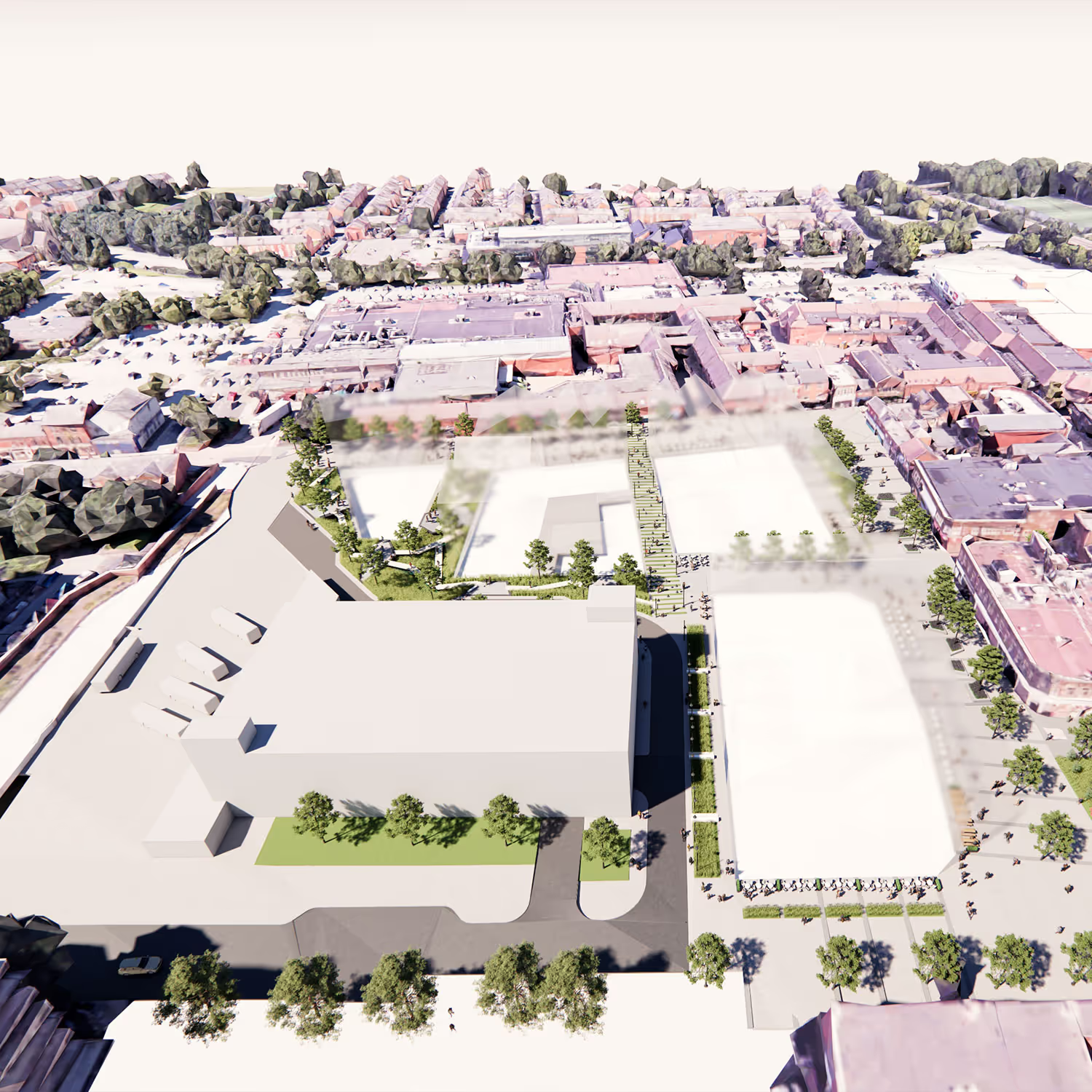The real heroes saving places from decline, dereliction or demolition.
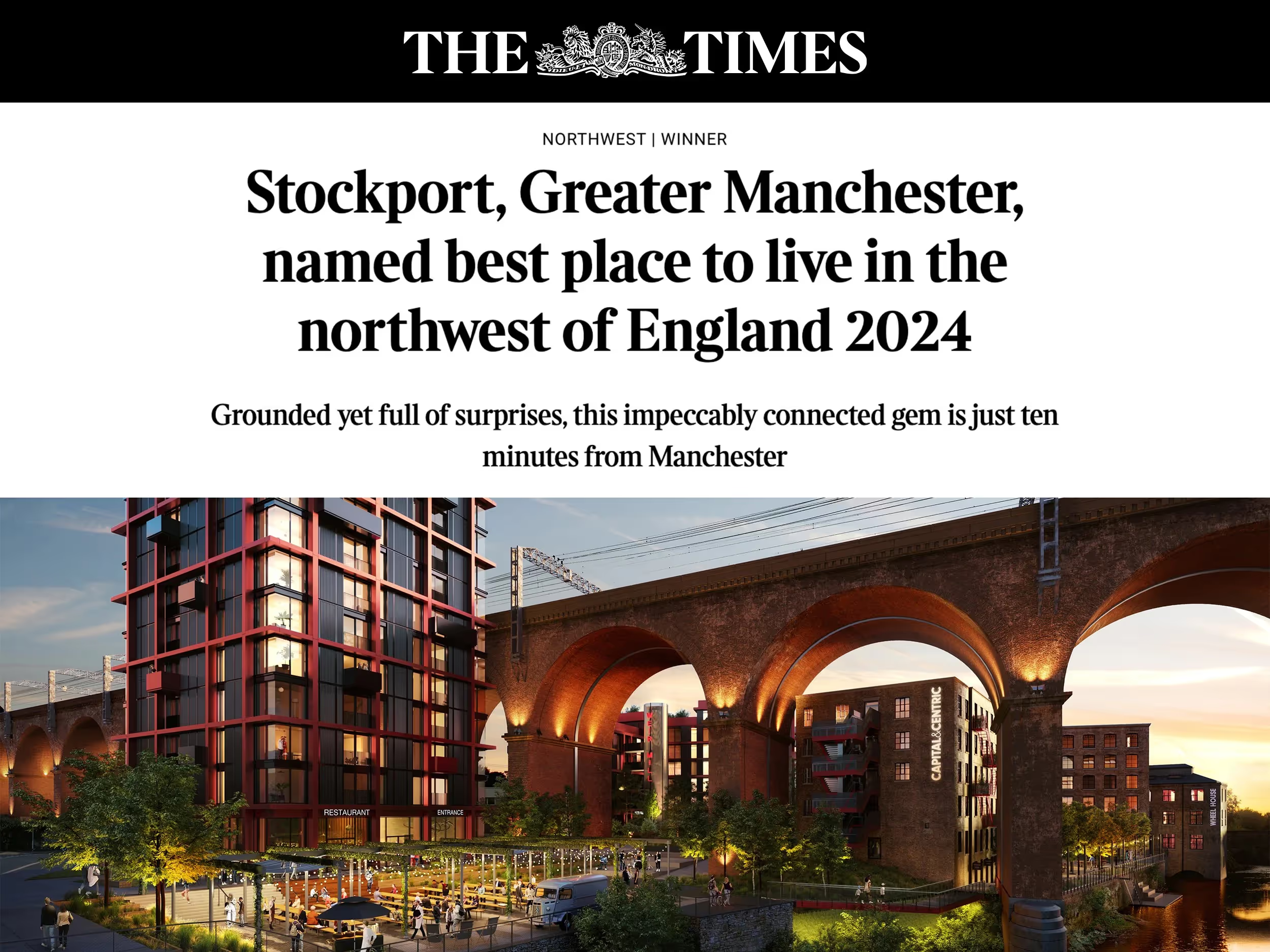
By Tim Heatley
Last weekend, the Sunday Times crowned Stockport the best place to live in the North West.

They name checked our Weir Mill neighbourhood too.
It’s the second year it’s received such an honour. In fact, a number of Capital&Centric projects in cities such as Stoke-on-Trent, Manchester and Sheffield have all been given Sunday Times kudos for their regenerative impacts.
But we aren't the common denominator here. Or the real heroes in the story of saving towns and cities from decline, dereliction or demolition.
In each of those locations - where newspapers, glossy publications and even TV shows talk about places on the up - there are two camps that too often don’t get the plaudits.
First up are the brilliant, proactive councils and combined authorities that we work with. Operating under intense scrutiny regarding public services and potholes, our experience is one of teams working hard to unlock real, positive change in places they’re passionate about.
Second, and the one I want to talk about here, is Homes England. While we collect development awards on stage and bask in our brilliance (joke) - these organisations often get little recognition when things go well. In fact, they’re often the target of grumblings and complaints from naysayers and nimbys, or anyone that has outstanding beef.
The reason I mentioned the Best Places to Live annual rundown, is because on the very same weekend, the Independent published an article tearing strips off Homes England for their performance. Featuring anonymous comments from a previous employee, they rattled through all sorts of metrics and numbers that Homes England was to be measured against.
What that article didn’t do was identify the many incredible developments and developers that Homes England have supported, or the game-changing metamorphosis that they’ve helped deliver in cities and towns throughout the UK in the last few years. Many of which would have been none-starters and still on the drawing board without their involvement.
It didn’t interview or speak to the hands-on teams we’ve worked with that are driving change and determined to catalyse a new breed of brownfield regeneration projects. Often the trickiest projects that have been in some form of gestation for a while.
Only mentioned in passing were rampant construction cost inflation, soaring interest rates, the long-term drag from Covid, the depleted workforce and so on that has slowed the whole ecosystem of housing delivery down, be it public or private sector…
Changing a town or city’s trajectory is fiendishly difficult. It takes patience, hard work, a pioneering visionary approach, but most all of this has to be done in lockstep with other public and private sector partners.
You often have to forfeit quick wins for long-term dogged determination. That’s unhelpful for targets and accolades, but in the end makes for way better developments.
I’d argue the built environment sector is one of the most collaborative in the UK. People have tried to do it alone, be the hero, but it very quickly stagnates.
We often get to do the nice bits. Opening new spaces, kitting out our homes and bathing in the glory of the ‘before and after’ shots when a project wraps up. But we should be carefully about blanket blame of one organisation and celebration of others.
It’s collaboration and collective wins that help deliver the standout brownfield projects on which the UK is so fixated.
Many of the things we’ve been able to do have been underpinned by guidance and support from colleagues at Homes England – for which we’re extremely grateful.


